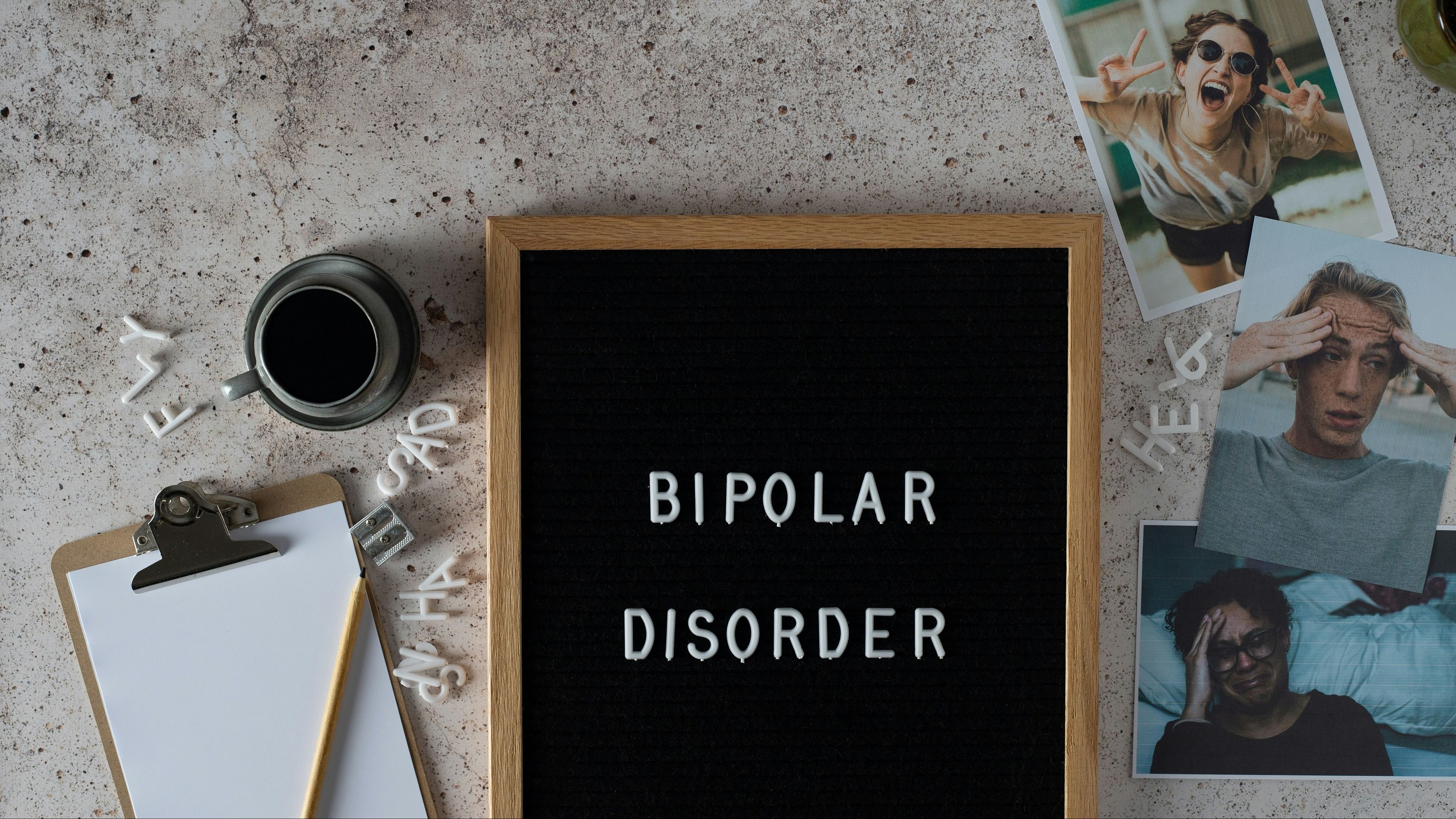
Unsplash Photo
When it comes to the treatment of Bipolar Disorder (BD), the go-to treatment of choice for more than 60 years has been lithium. Substantiated by relevant guidelines, it has been a first-line treatment for maintenance therapy. Significant evidence points to the efficacy of lithium in terms of prevention of relapse to anti-manic treatment, and support with treatment of mood episodes with mixed features including that of bipolar depression. However, most often, patients receive lithium for many years and studies are pointing to the different side effects they bring on, subject to the phase of life that a service user is in. Thus, more research is being directed towards understanding the adverse side effects when used in long-term treatment.
In a very recent study conducted by Raghu Padinjat and his group at the National Centre for Biological Sciences, Bengaluru, an explanation has been produced detailing how lithium acts on the brain cells to alter neural activity. This is intended to redirect the development of new treatments/ precision medicine for BD+. This study also highlights the genetic mutations that lithium can bring on, emphasising the need for lithium treatment to be tailor-made, based on specific service user history. BD is an illness with an episodic nature and heterogeneous clinical path. While it can range from severe to chronic, it can be extremely disabling presented through mood alterations between euthymia, major depression and mania. The estimated lifetime prevalence ranges between 0.6% to 2.4% globally, thus making it a lifelong disease that requires long-term treatment. With lithium being one of the major pharmacological agents in the treatment of BD, it presents a gold standard in
the proposed anti-suicide effect, which is unique to it.
Significant debates over side effects have recently been preceding its effectiveness, thus leading to the prescription of other substances such as anticonvulsants and second-generation antipsychotics.
Lithium is considered the gold standard in maintenance treatment, and treatment of mania and bipolar depression. With BD most often beginning its course in adolescence, studies have indicated its heightened effectiveness in paediatric patients.
However, there is a high variability in studies recommending lithium use during pregnancy. The assumed teratogenicity of lithium, especially relating to the risk of Ebstein’s anomaly is a major concern. In a study by Paterno et al, it was found that intake of lithium during the first trimester was often associated with an elevated risk of cardiac malformations. Again, when considering the effects on older adults, aged 60 and above, concerns relate to tolerability and adverse events. Thus, it is prescribed less in older adults.
More studies conducted indicate an array of undesirable effects of long-term lithium usage relating to different organs. During the beginning stages of treatment, 10-20% of service users are affected by nausea, vomiting and diarrhoea. In another study by Gelenberg, about 25% of service users also reported accompanying hand tremors. As indicated in the study by Raghu and other studies, lithium may also lead to increased blood calcium levels and parathyroid hormone levels.
Cardiological harms have also been observed in those currently in lithium treatment. One of the major concerns in lithium-treated service users also points to renal complications. Within lithium treatment, the kidney’s capacity to concentrate urine is found to decline by 15%. This in turn can lead to or manifest as Nephrogenic Diabetes Insipidus (NDI) which is characterised either as polyuria or polydipsia. Thus, research recommends that patients on long-term lithium treatment must have regular assessments in terms of urine volume, frequency of urination, nocturia, thirst, and the level of fluid intake. NDI in almost all cases is reversible when lithium is stopped. Unlike NDI, renal failure may not be reversible upon lithium discontinuation. Alongside these, possible cognitive side effects may also include a lack of mental clarity, and difficulty concentrating often worsened by accompanying lethargy and fatigue.
While the therapeutic effects of lithium are many, the potential side effects of long-term use also seem to be present. Especially if there is a rapid or sudden discontinuation, it can lead to severe withdrawal and adverse side effects.
Thus, it would be best practice for medical practitioners to take special care when prescribing or discontinuing lithium. More research into the long-term effects of lithium can also greatly inform practice guidelines.
(The author is a multidisciplinary professional who works in the UK.)